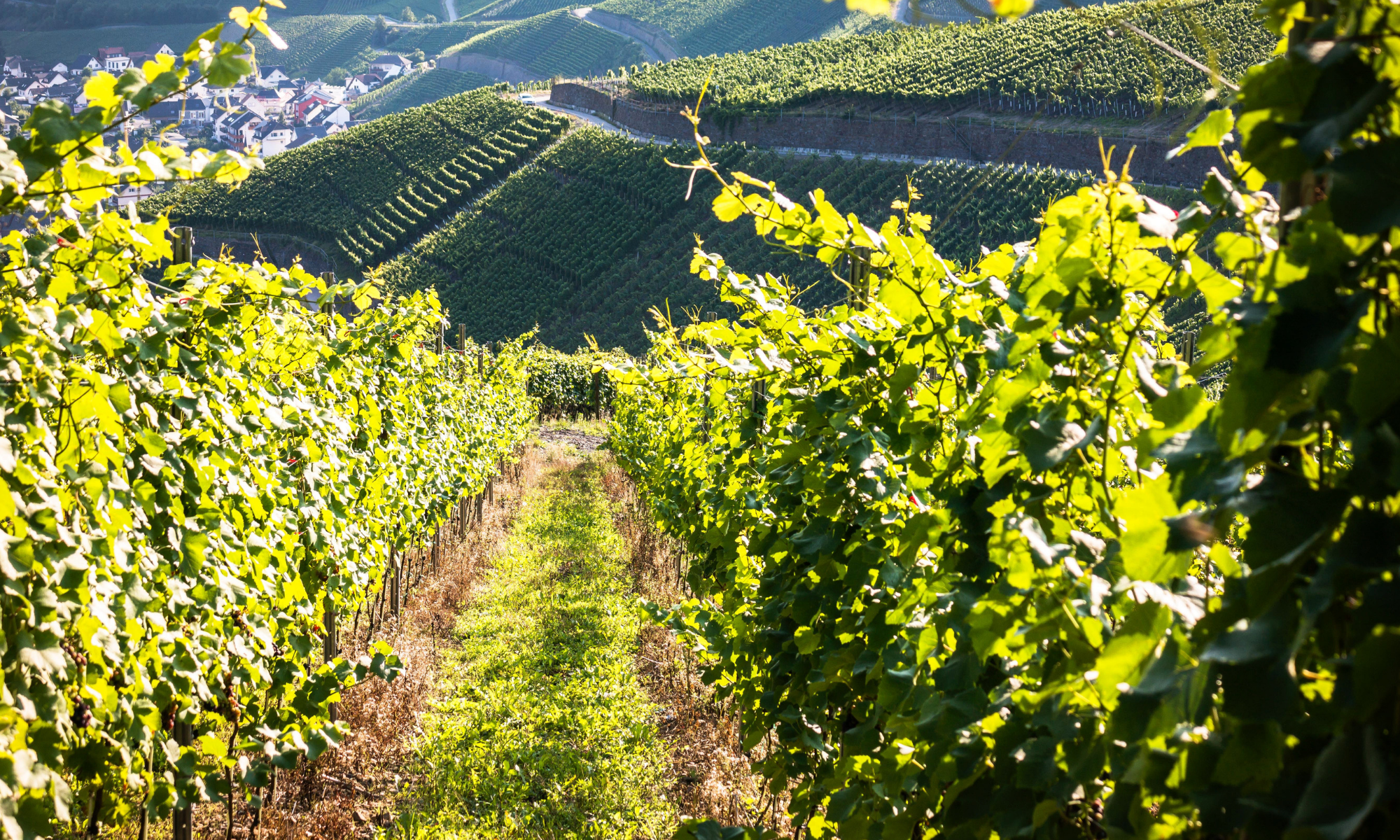

Two recent books use pop-ups to invite young children into their habitats. They are written by Libby Walden and illustrated by Clover Robin, with paper engineering credits to Martin Tyler. Originally published in England, Kane Miller released them in US this past spring (2019).
Across the Savannah
In the early morning haze / The noble lion loves to laze.
Pop-up pages introduce readers to six different savannah animals: lion, giraffe, hippo, meerkat, and elephant.
On the Mountain
In the whispering mountain breeze / Two wolf cubs run between the trees.
In this book each pop-up page introduces the reader to an animal you might find when hiking on a mountain: wolf, trout, bighorn sheep, black bear, and bald eagle.
What I like about these books: Simple, rhyming text describes where each animal lives – beneath the rippling surface of a mountain lake, a muddy watering hole, in deep burrows, or on a jagged rocky slope.
Sidebars contain fun facts and additional information about each animal and the habitat. And the pop-ups provide an abundance of details that will have kids searching for more.
Beyond the Books:
Try your hand at making a pop-up book about animals in your back yard.
Review copies provided by the publisher.

It’s STEM Friday! (STEM is Science, Technology, Engineering, and Mathematics)
Copyright © 2019 Sue Heavenrich All Rights Reserved.















 My Happy Year by E.Bluebird (A Nature Diary)
My Happy Year by E.Bluebird (A Nature Diary)



